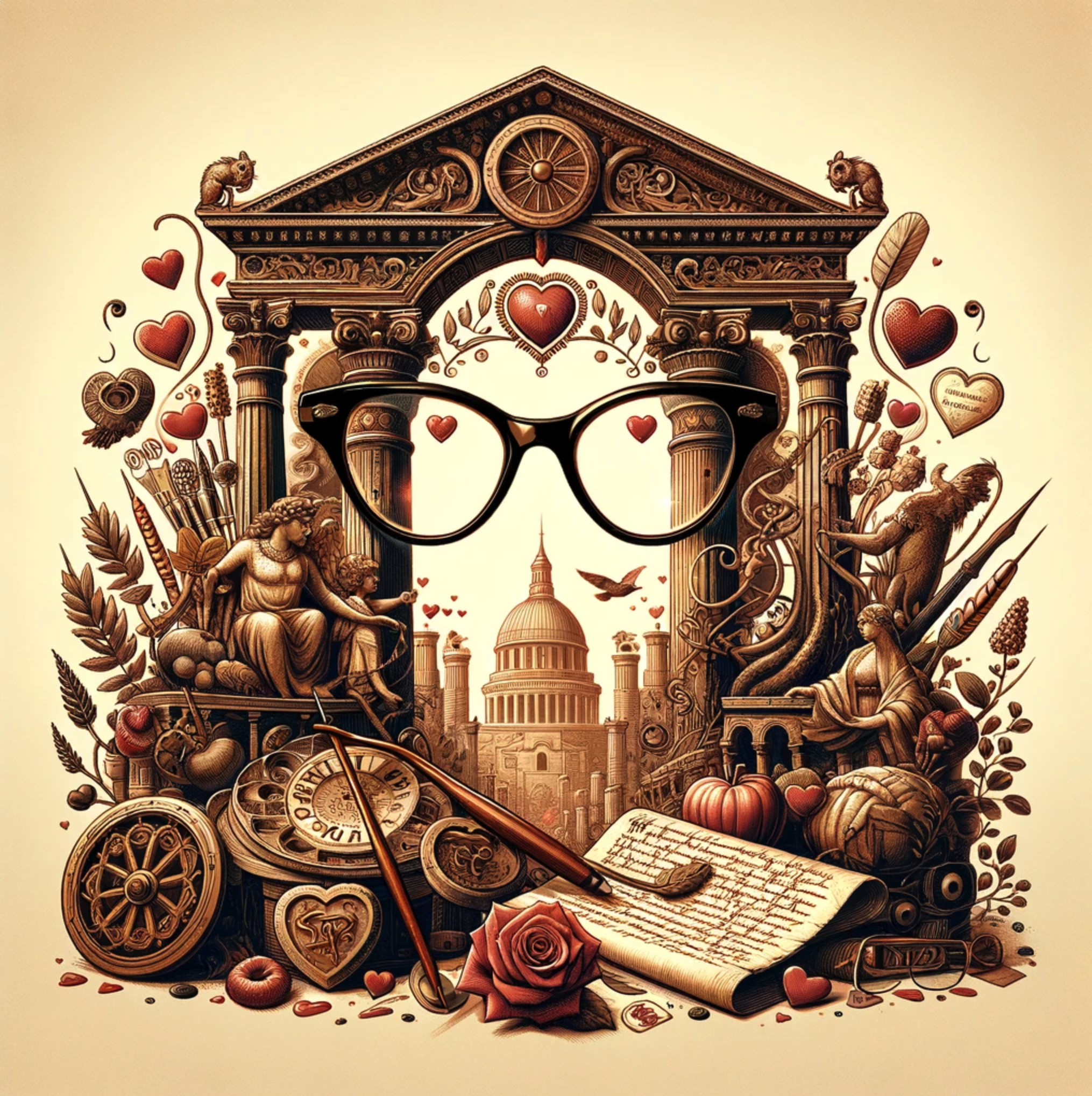Unveiling the Layers of Valentine's Day: From Ancient Rituals to Modern Celebrations
Journey through the captivating history of Valentine's Day, exploring its ancient roots, medieval transformations, and evolution into the global day of love and affection we celebrate today.
Valentine's Day, observed on February 14th, is synonymous with love, affection, and the exchange of heartfelt tokens between loved ones. However, the origins and evolution of this holiday are steeped in history, blending ancient rituals, medieval traditions, and modern commercialization into the global celebration we recognize today.
From Lupercalia to St. Valentine: The Ancient and Medieval Beginnings
The story of Valentine's Day begins in the ancient Roman Empire with the festival of Lupercalia, a celebration of fertility held from February 13th to 15th. This festival, dedicated to Faunus, the Roman god of agriculture, involved various rites, including the pairing of women and men through a lottery. While Lupercalia was rooted in pagan traditions, its themes of fertility and pairing laid the groundwork for the later associations of Valentine's Day with romance.
As Christianity spread through the Roman Empire, efforts to Christianize pagan festivals led to the merging of Lupercalia's traditions with the celebration of Saint Valentine. There were several Christian martyrs named Valentine, but the most commonly associated with Valentine's Day are Valentine of Rome and Valentine of Terni. Both were believed to have been executed on February 14th in different years of the 3rd century AD. The legends surrounding these figures often involve acts of heroism, defiance against authority, and the performance of secret marriages, which resonate with the themes of love and commitment central to Valentine's Day.
By the end of the 5th century, Pope Gelasius I declared February 14th as Saint Valentine's Day, officially replacing Lupercalia. However, it wasn't until the Middle Ages that Valentine's Day became associated with romantic love. During this period, the notion of courtly love flourished, particularly in England and France, where it became customary for lovers to express their affection through songs, poetry, and the exchange of gifts.
The Evolution of Valentine's Day Traditions
The transition from medieval courtly love traditions to the modern celebration of Valentine's Day involved the gradual commercialization and popularization of the holiday. By the 18th century, in England, the practice of exchanging hand-made valentine cards became prevalent. These cards often featured romantic symbols such as flowers, hearts, and cupids, which remain iconic symbols of Valentine's Day today.
The industrial revolution and advancements in printing technology in the 19th century led to the mass production of Valentine's Day cards, making it easier and more affordable for people to participate in the holiday's traditions. This period also saw the commercialization of Valentine's Day extend beyond cards to include chocolates, jewelry, and other gifts, solidifying its status as a significant cultural and commercial holiday.
In the 20th century, the celebration of Valentine's Day spread globally, with different cultures incorporating their traditions and customs into the holiday. Today, Valentine's Day is celebrated in various ways around the world, from the exchange of chocolates and flowers to more unique traditions specific to different countries and cultures.
Valentine's Day in the Modern Era
In the modern era, Valentine's Day continues to evolve, with technology playing a significant role in how love and affection are expressed. Digital communication, social media, and online shopping have transformed traditional Valentine's Day practices, making it easier for loved ones to connect and celebrate, regardless of physical distance.
Despite its commercialization, the essence of Valentine's Day remains a celebration of love and affection. It's a day that encourages people to take a moment to express their feelings to those they care about, whether through traditional gifts like cards and flowers or through simple acts of kindness and appreciation.
Valentine's Day, with its rich tapestry of history and tradition, reminds us of the enduring nature of love and the importance of expressing our affection for those who matter most in our lives. From its ancient origins to its global celebration today, Valentine's Day continues to be a special day dedicated to love, in all its forms.
Thank you for taking the time to read this article! To delve deeper, we invite you to browse our extensive collection of frames. Additionally, you're welcome to explore our comprehensive list of services, and should you require an eye exam, feel free to schedule an appointment with us.


